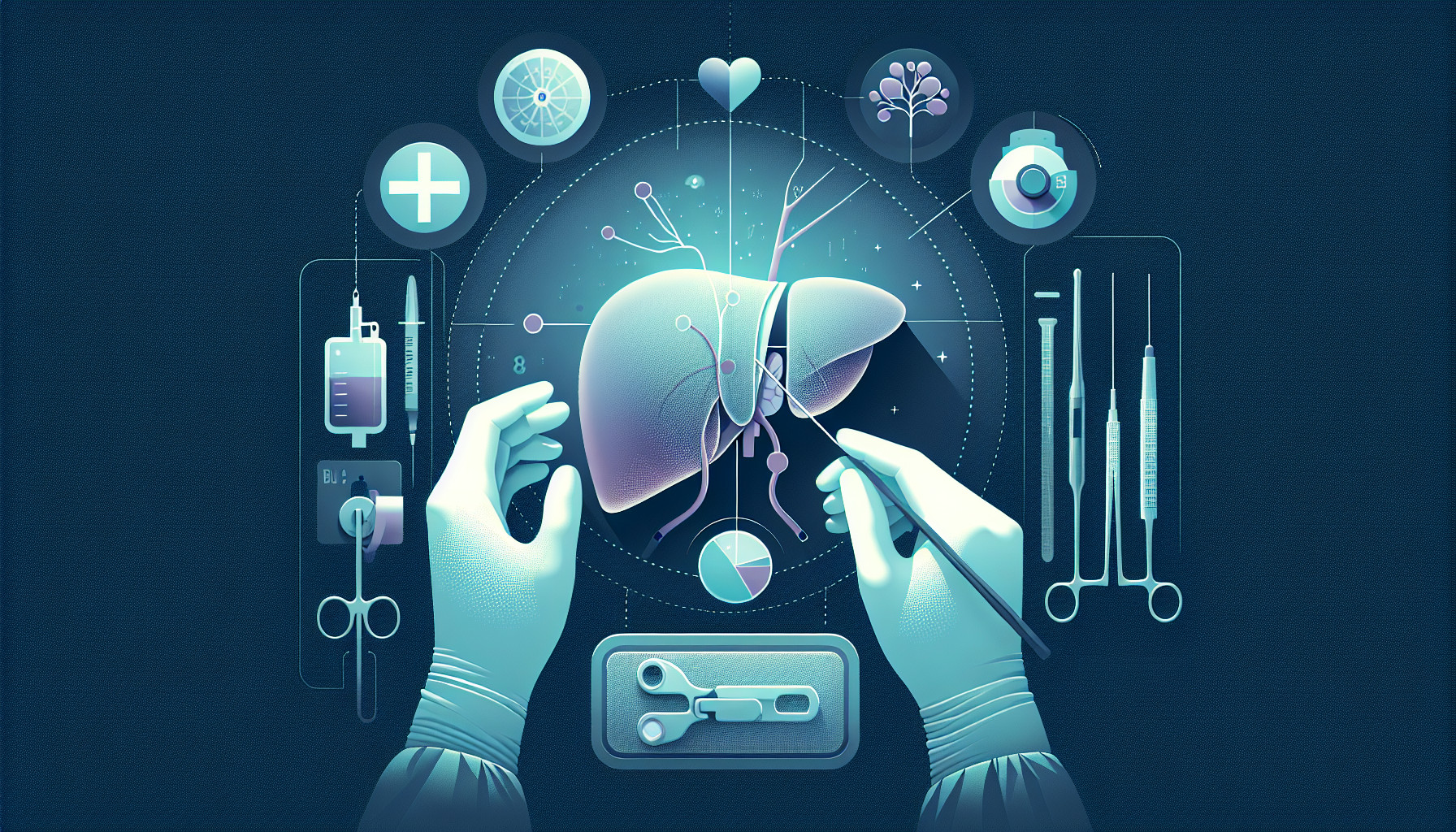Our Summary
This research paper discusses liver transplantation (LT) for children. The operation can be a life-saving procedure for kids suffering from severe liver disease, liver tumors, and specific genetic metabolic diseases, and it can greatly enhance the child’s quality of life. The article touches upon various aspects of pediatric liver transplants, such as who should get them, how to decide which patients should receive them, how organs are distributed, the actual surgery (including using different types of grafts), post-operation care (including managing the immune response to prevent organ rejection), expected outcomes, and the transfer of care.
FAQs
- Who are the ideal candidates for a pediatric liver transplant?
- What factors are considered in deciding which patients should receive a liver transplant?
- What is involved in the post-operation care to prevent organ rejection after a pediatric liver transplant?
Doctor’s Tip
One important tip that a doctor might give to a patient or parent of a child undergoing a pediatric liver transplant is to closely follow all post-operative care instructions. This may include taking medications as prescribed, attending follow-up appointments, and following a specific diet and exercise regimen. By following these instructions carefully, the patient can help ensure the success of the transplant and minimize the risk of complications.
Suitable For
Patients who are typically recommended for pediatric liver transplant include those with end-stage liver disease, acute liver failure, liver tumors (such as hepatoblastoma or hepatocellular carcinoma), biliary atresia, metabolic liver diseases (such as Wilson’s disease or alpha-1 antitrypsin deficiency), and certain genetic conditions that affect the liver. These conditions can lead to liver failure, cirrhosis, or other life-threatening complications that may require a liver transplant in order to survive.
When determining which patients should receive a liver transplant, a multidisciplinary team of healthcare providers, including hepatologists, transplant surgeons, transplant coordinators, social workers, and psychologists, assess the child’s overall health, the severity of their liver disease, their ability to tolerate surgery and post-operative care, and their likelihood of benefiting from a transplant. Factors such as the child’s age, size, blood type, and severity of illness are also taken into consideration.
Organs for pediatric liver transplants are allocated based on the severity of the child’s illness, their blood type, and their size. Children are given priority on the transplant waiting list, and organs are often shared regionally or nationally to ensure that they are matched with the best possible donor.
The actual surgery involves removing the diseased liver and replacing it with a healthy liver from a deceased donor or a living donor. Living donor transplants are possible when a compatible adult family member or friend donates a portion of their liver to the child. The child’s body may need to be immunosuppressed after the transplant to prevent organ rejection, and they will require lifelong medical care to monitor their liver function and overall health.
Overall, pediatric liver transplantation has a high success rate, with most children experiencing improved quality of life and long-term survival. However, there are risks associated with the surgery and post-operative care, and children may need to take medications to manage the side effects of immunosuppression and prevent complications.
In conclusion, pediatric liver transplantation is a complex but life-saving procedure for children with severe liver disease. It is important for healthcare providers to carefully evaluate each patient’s individual needs and risks when determining if a liver transplant is the best treatment option.
Timeline
Before pediatric liver transplant:
- Diagnosis of severe liver disease, liver tumors, or genetic metabolic diseases in a child.
- Referral to a transplant center for evaluation.
- Evaluation process, including physical exams, blood tests, imaging studies, and psychological assessments.
- Placement on the transplant waiting list.
- Waiting for a suitable donor liver to become available.
After pediatric liver transplant:
- Surgery to remove the diseased liver and replace it with a healthy donor liver.
- Post-operative care in the intensive care unit.
- Monitoring for signs of organ rejection and infection.
- Immunosuppressive medication to prevent organ rejection.
- Rehabilitation and physical therapy to aid in recovery.
- Long-term follow-up care to monitor the child’s health and adjust medication as needed.
- Return to normal activities and improved quality of life for the child.
Overall, pediatric liver transplant is a complex and challenging procedure, but it can provide a child with a new lease on life and the opportunity for a better future.
What to Ask Your Doctor
- What are the specific reasons for recommending a liver transplant for my child?
- What are the potential risks and complications associated with pediatric liver transplantation?
- How will the decision be made regarding which patients receive a liver transplant?
- How are organs for pediatric liver transplants allocated and matched with recipients?
- What are the different types of grafts that can be used for pediatric liver transplants, and how will the best option be determined for my child?
- What is the expected recovery time and post-operative care plan for my child after the liver transplant surgery?
- How will the immune response be managed to prevent organ rejection after the liver transplant?
- What are the expected outcomes and long-term prognosis for pediatric liver transplant recipients?
- How will the transfer of care be handled after the liver transplant, including follow-up appointments and ongoing medical management?
- Are there any specific lifestyle changes or dietary restrictions that my child will need to follow after the liver transplant?
Reference
Authors: Smith SK, Miloh T. Journal: Clin Liver Dis. 2022 Aug;26(3):521-535. doi: 10.1016/j.cld.2022.03.010. PMID: 35868688
